Energy

Renewable Energy – Why It Matters
Explore why renewable energy is crucial for a sustainable future and how to ensure a safe working environment within the renewables industry.
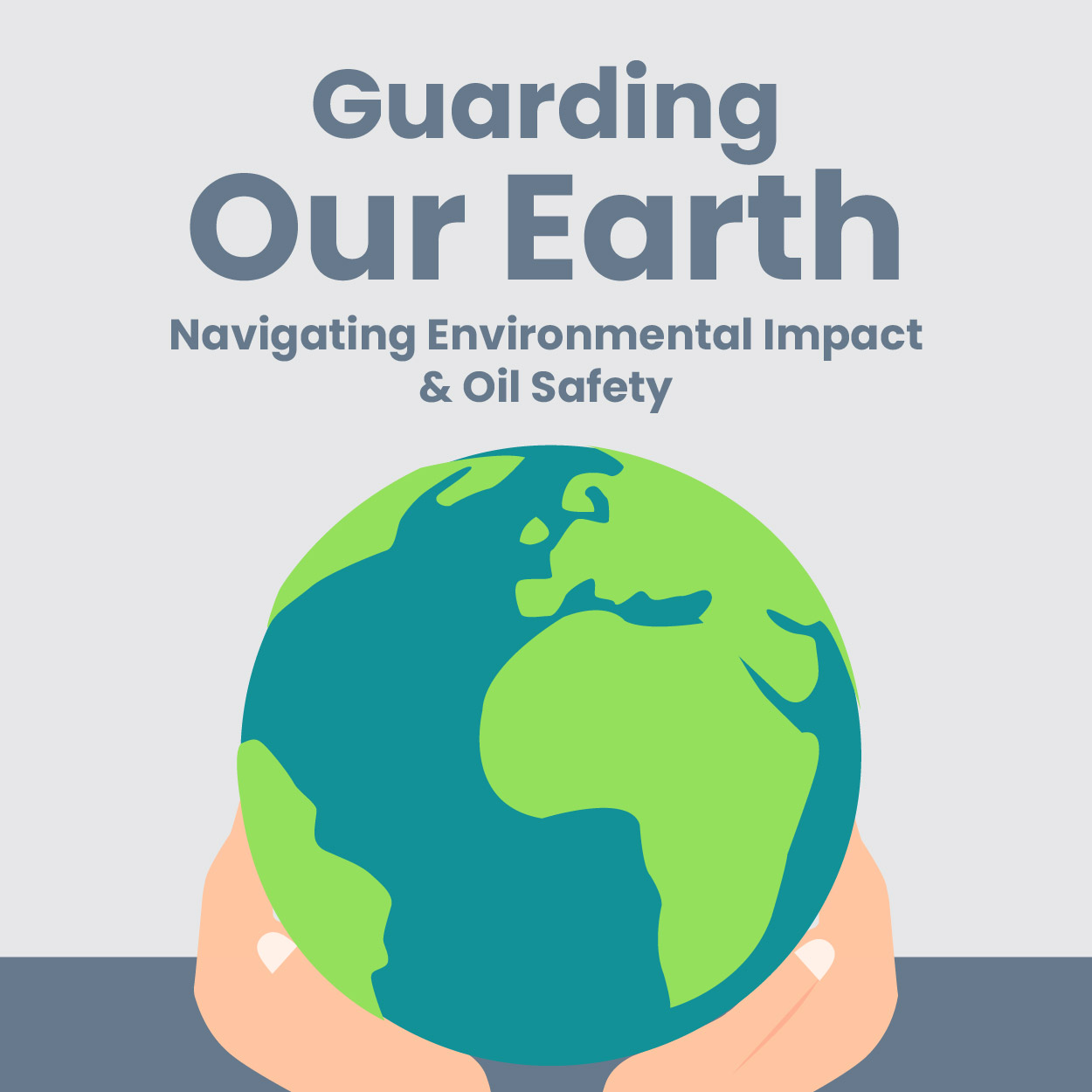
Guarding Our Earth: Navigating Environmental Impact and Oil Safety
Explore the environmental toll of oil spills and leaks, and learn about innovative approaches to mitigating their impact. Discover how technology, training, and collaboration can safeguard our planet from the ravages of oil-related disasters.

Shock-Proofing Your Day: A Guide to Electrical Safety for Utility Workers
Shock-Proofing Your Day: A Guide to Electrical Safety for Utility Workers As Utility workers play an indispensable role in keeping …
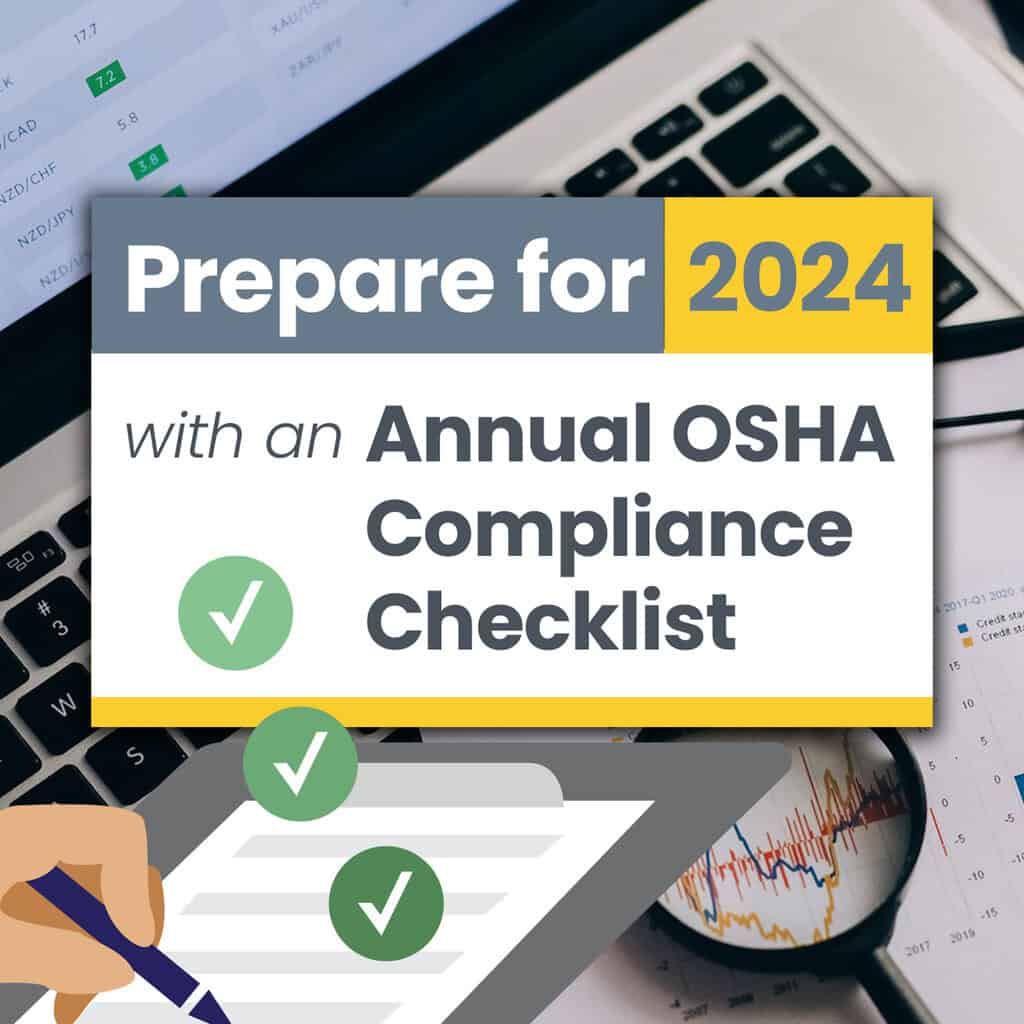
Prepare for 2024 with an Annual OSHA Compliance Checklist
Occupational Safety and Health Administration (OSHA) is responsible for ensuring that employees have a safe and healthy work environment. As a result, businesses must comply with OSHA standards and regulations to avoid citations and penalties.

Embracing the Future: Top Environmental Health and Safety Trends in 2024
The landscape of EHS is rapidly evolving, driven by advancements in technology, changing regulations, and a growing global awareness of the need for sustainable practices. Read on for the top EHS trends that are shaping the way organizations approach environmental stewardship, employee well-being, and overall safety in 2024.
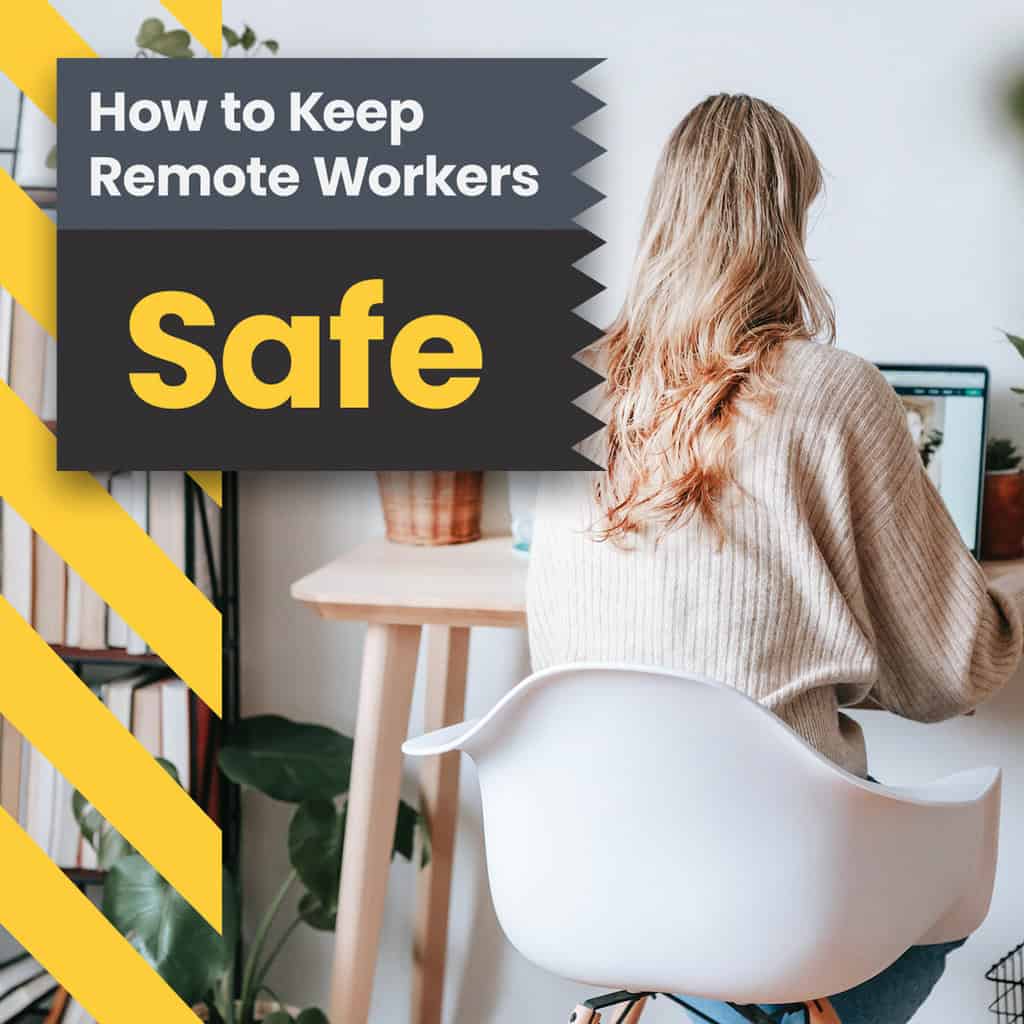
How to Keep Remote Workers Safe
Regardless of location, safety should always be a top priority for all employees. Empower your employees to feel safe in their work environment, regardless of location.
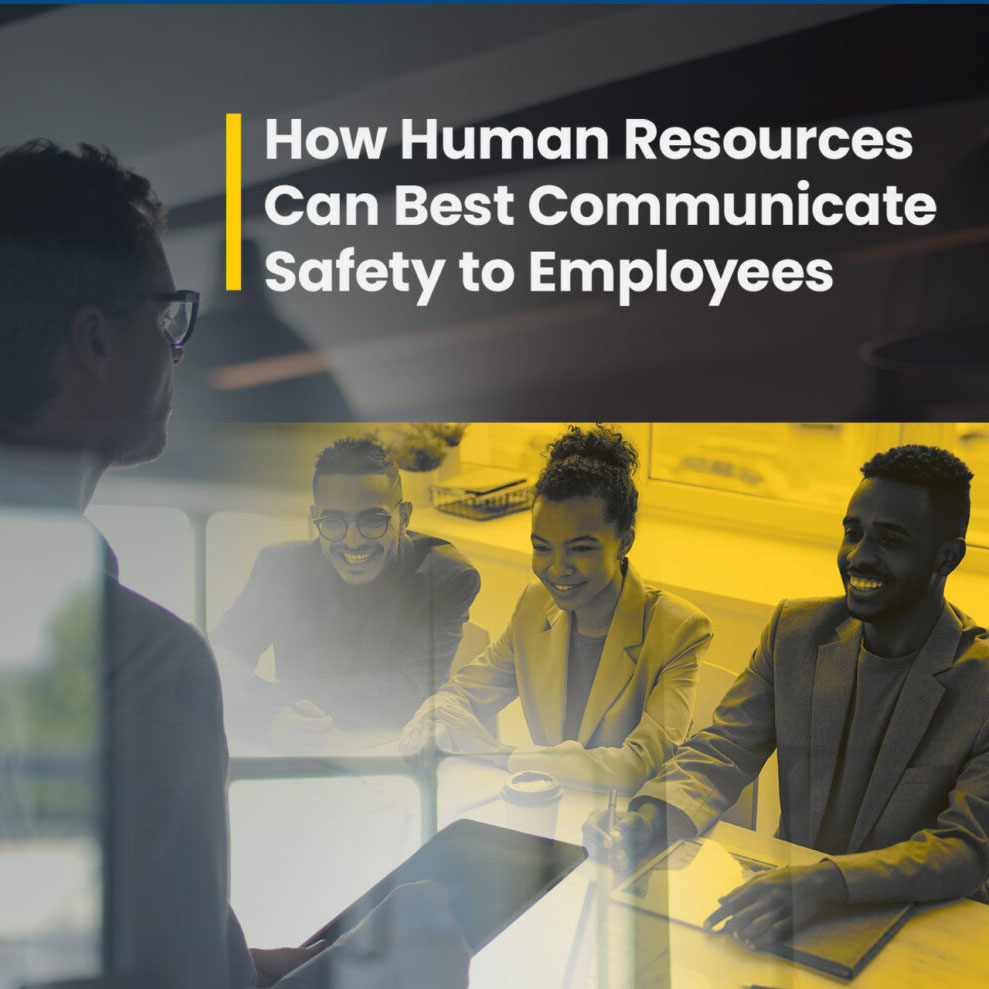
How HR Can Best Communicate Safety to Employees
As a Human Resources (HR) professional, you play a key role in communicating safety practices and procedures to your organization.
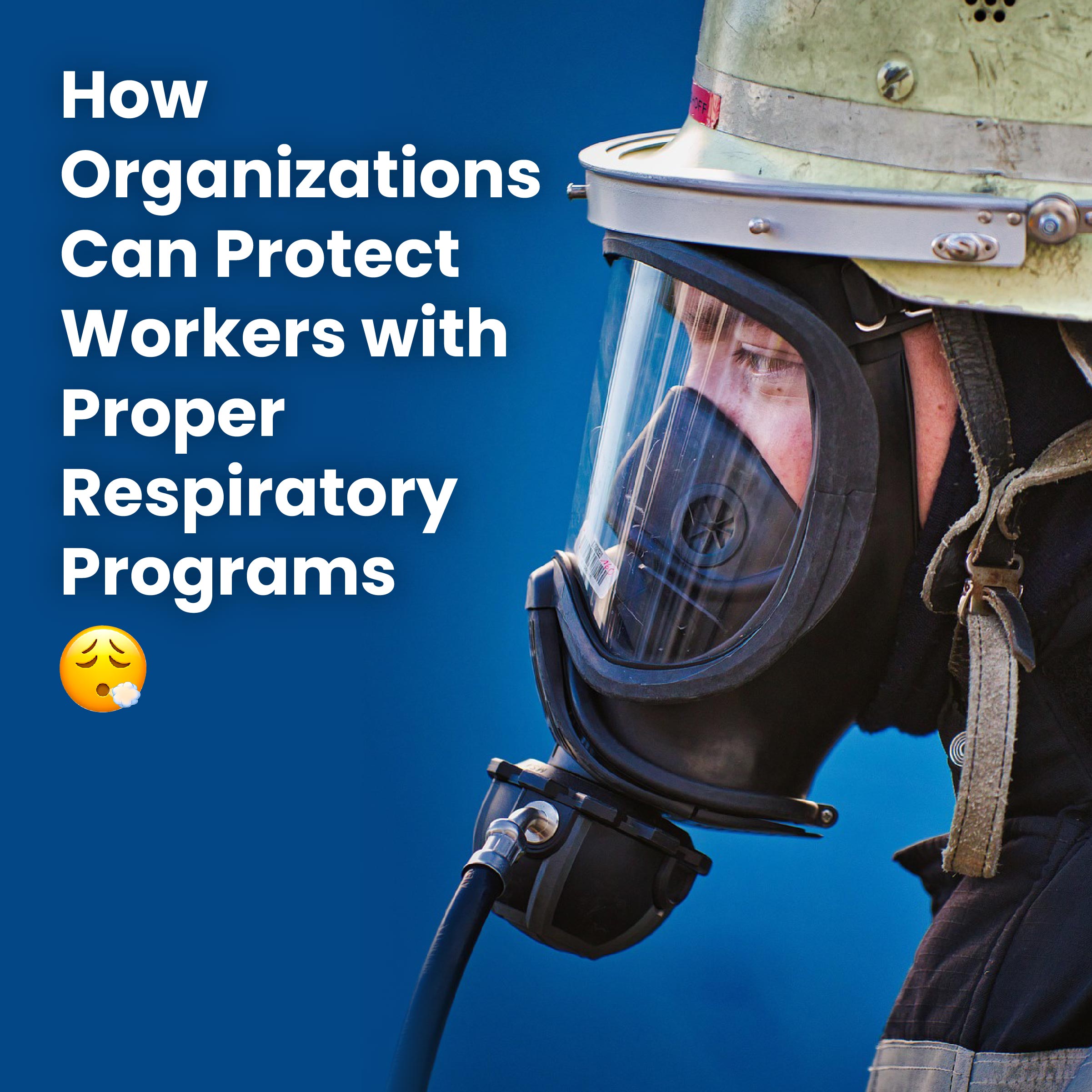
How Organizations Can Protect Workers with Proper Respiratory Programs
OSHA holds employers responsible for providing a safe work environment for employees. Respirators are an excellent tool to protect the lungs, but they can pose a health risk if misused.

Why We Invest in Insuring the YellowBird Pros
These insurance policies are a huge benefit to the organizations we work with. By providing insurance coverage to our Pros, our clients can transfer the risk associated with their operations to the insurance provider, which can reduce overall liability. In the event of an accident or damage caused by a YellowBird Pro, the insurance coverage can provide our clients’ financial protection, mitigating the financial impact of a potential loss. This coverage provides peace of mind for companies by reducing some of the uncertainty and risk associated with working with contractors.
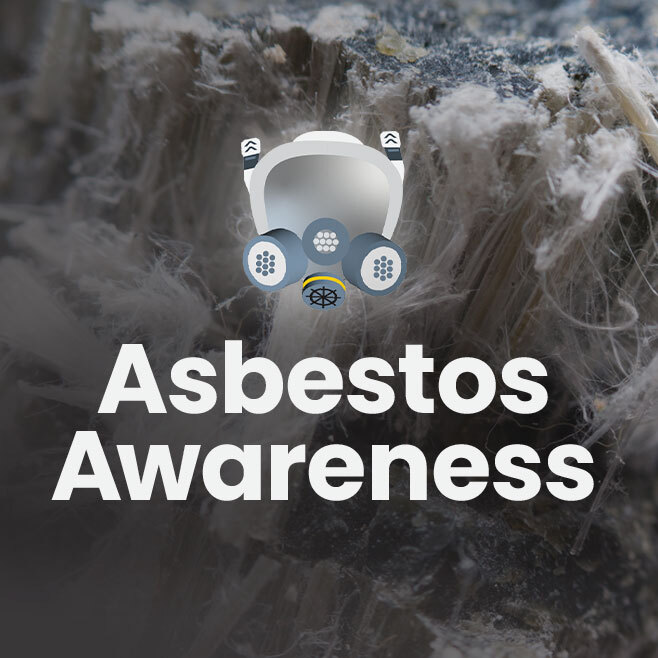
Are You Keeping Your Employees Safe From Asbestos?
Are You Keeping Your Employees Safe From Asbestos? Are your employees aware of the risks of asbestos to recognize the …

Common Mistakes Seen in Safety Audits
Safety audits play a critical role in helping companies maintain safe work environments. They ensure employee safety, help boost productivity and efficiency, and keep you compliant with your industry’s health and safety standards. Despite your best efforts, there are still a lot of things that can go wrong. Understanding the potential pitfalls can help you avoid them. Follow this guide to learn more about the most common mishaps and ace your next safety audit.
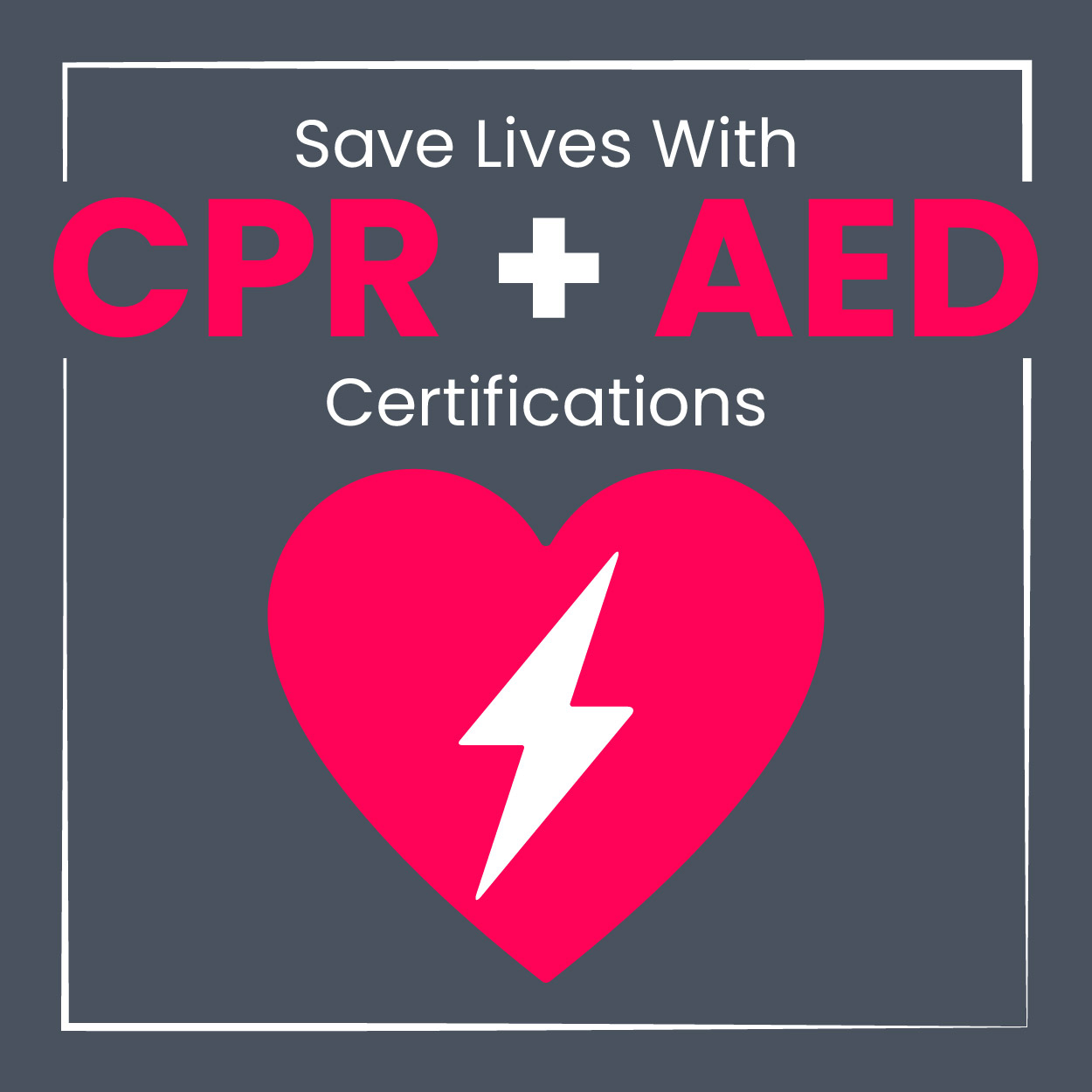
Why Employees Should Have CPR and AED Certification
Cardiac arrest happens when the heart suddenly fails to function properly, potentially causing individuals to collapse and lose consciousness. According to OSHA estimates, some 10,000 people experience cardiac arrest in their workplace every year. The first few minutes following cardiac arrest are critical. When it occurs, blood flow and breathing are severely inhibited or can stop altogether.
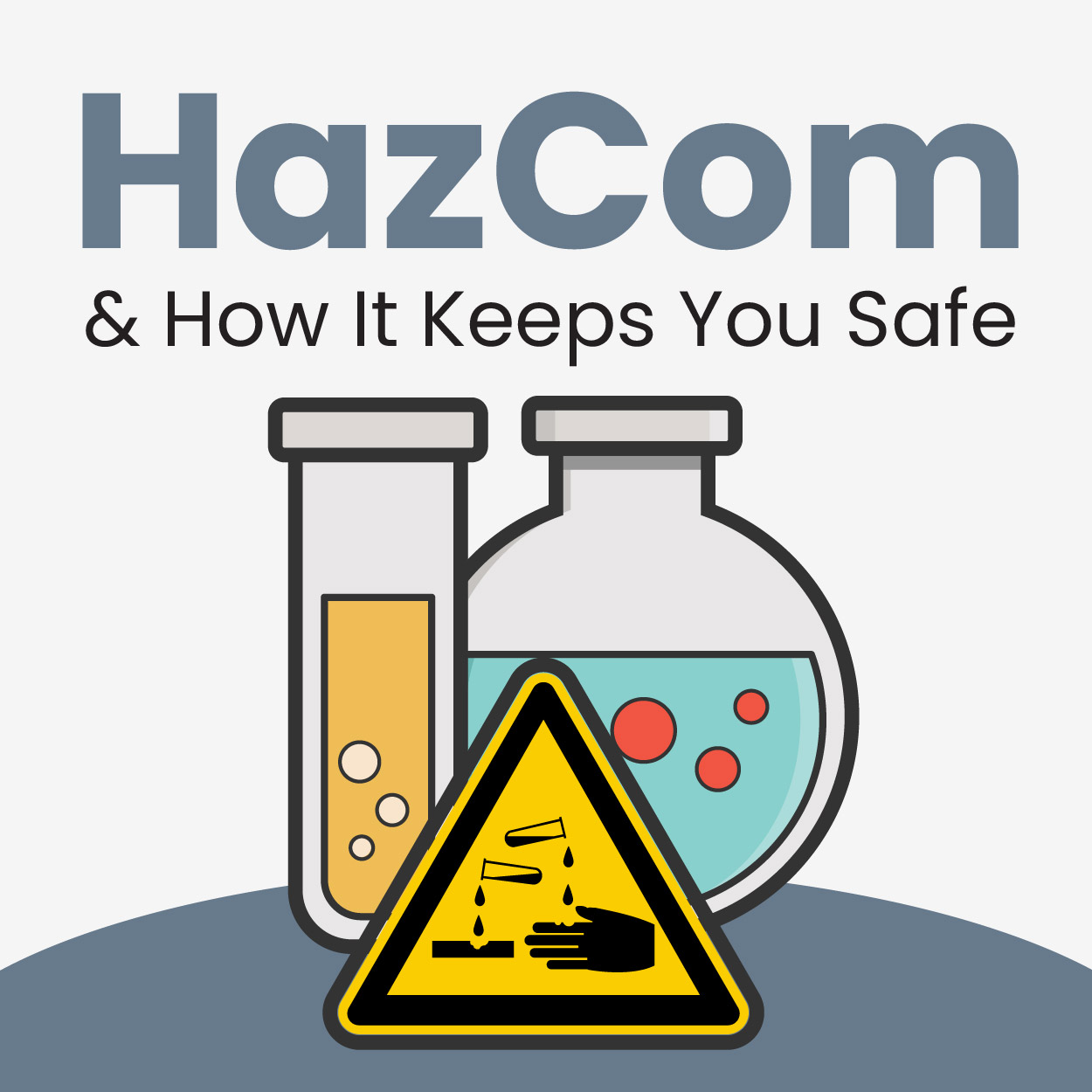
How HazCom Training Will Keep Your Business and Vendors Safe
HazCom, also known as the Hazard Communication Standard (HCS, or HazCom), is a type of training protocol that will keep your business and vendors safe. It ensures and promotes chemical safety in your workplace by making it mandatory to develop and disseminate important information about the identities and hazards related to chemicals.
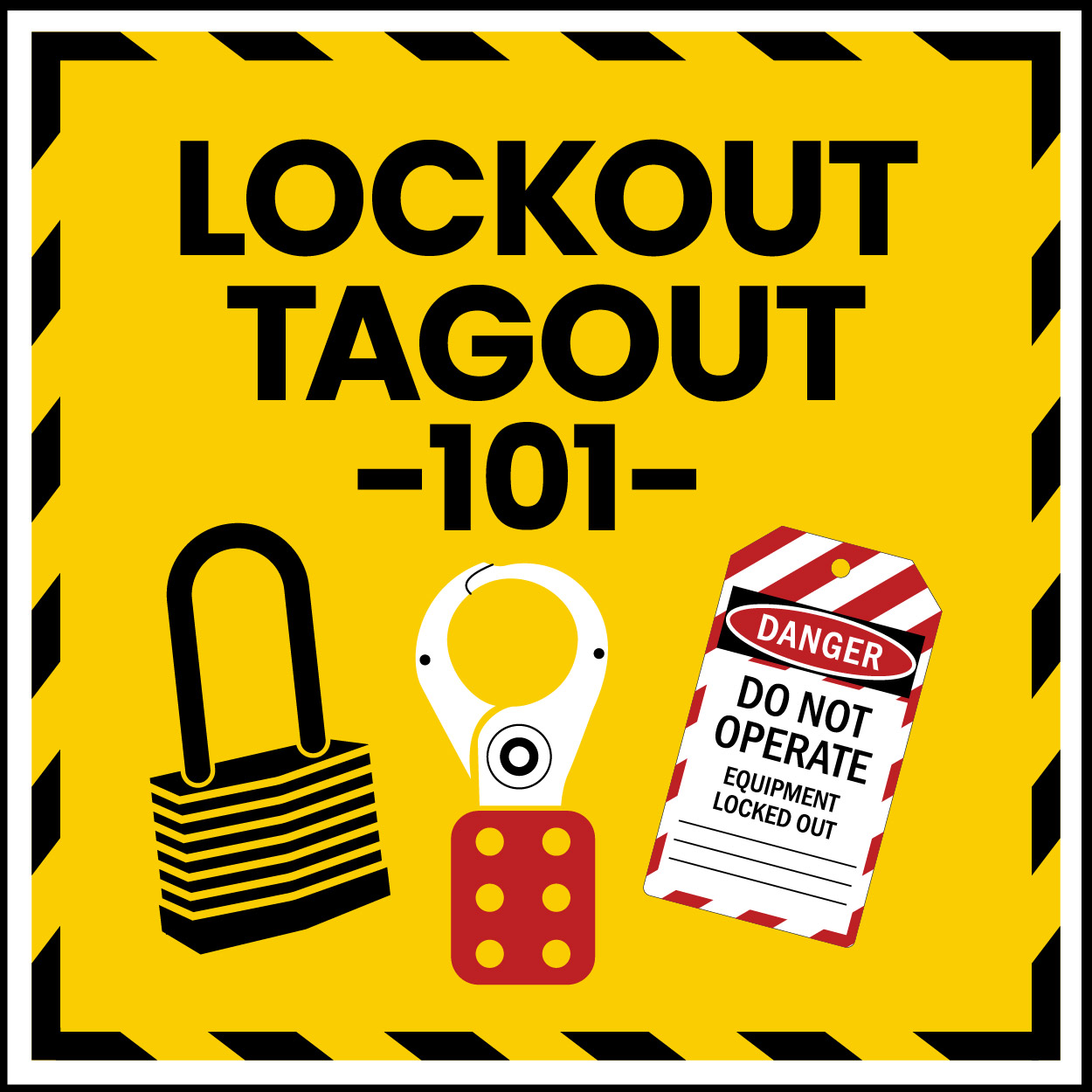
Do You Understand Lockout Tagout?
To prevent injuries or death in the workplace, companies large and small must take active measures to educate their workers on the potential hazards associated with their jobs. This education should include comprehensive procedures for servicing machines or equipment that pose a risk to employees.
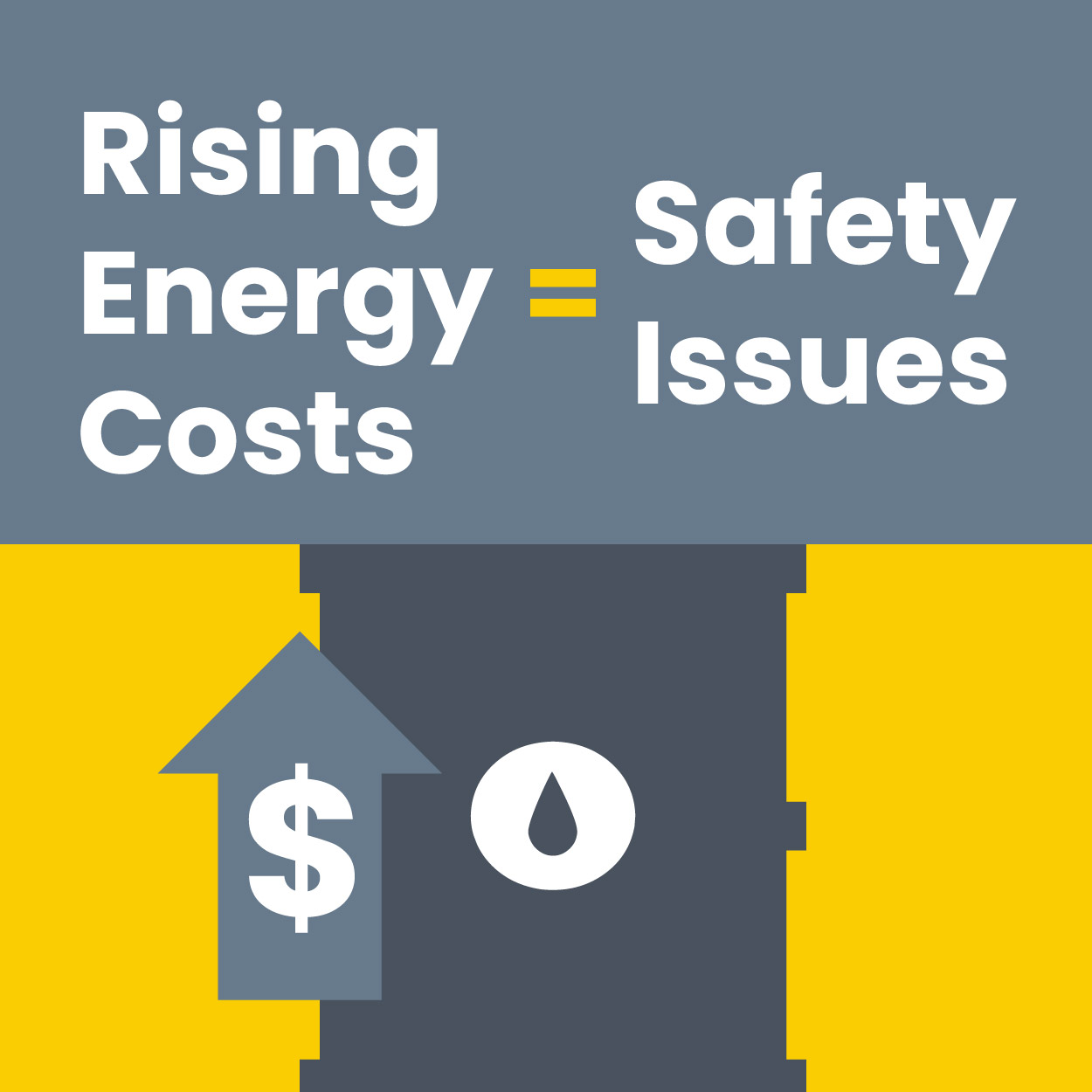
How Energy Prices Are Creating Industrial Manufacturing Safety Concerns
Energy prices are on the rise, and they’re hurting the bottom line. To improve profitability without damaging productivity, some industrial manufacturing companies are taking steps to use their energy resources more efficiently.
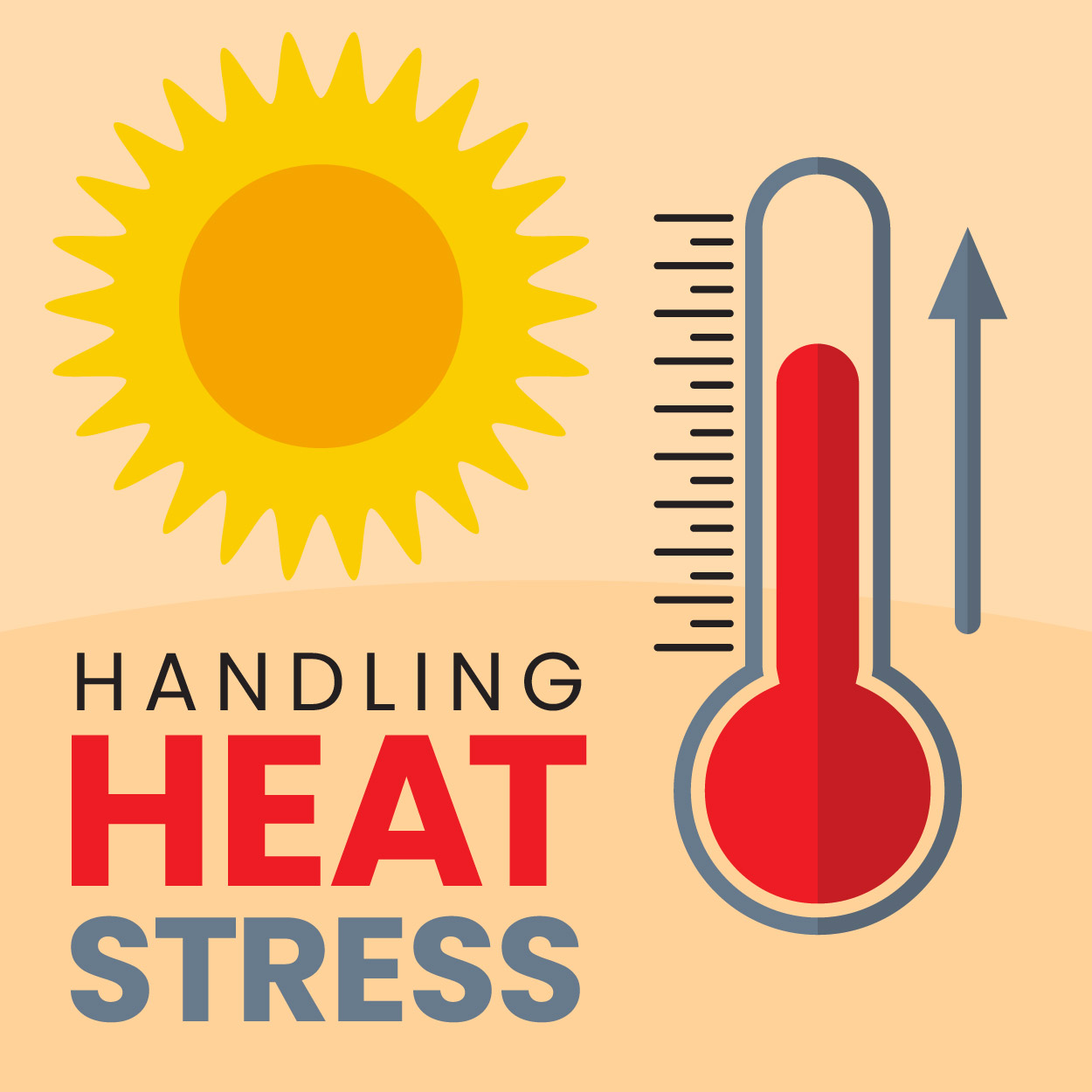
How to Handle Heat Stress Prevention & Training: Spotting Heat Stress Symptoms and More
Heat stress is one of the most dangerous workplace hazards and is a threat to anyone working in hot environments or is otherwise exposed to extreme heat. If affected workers can’t cool down in time, they may start to experience a variety of symptoms that can lead to serious health concerns.
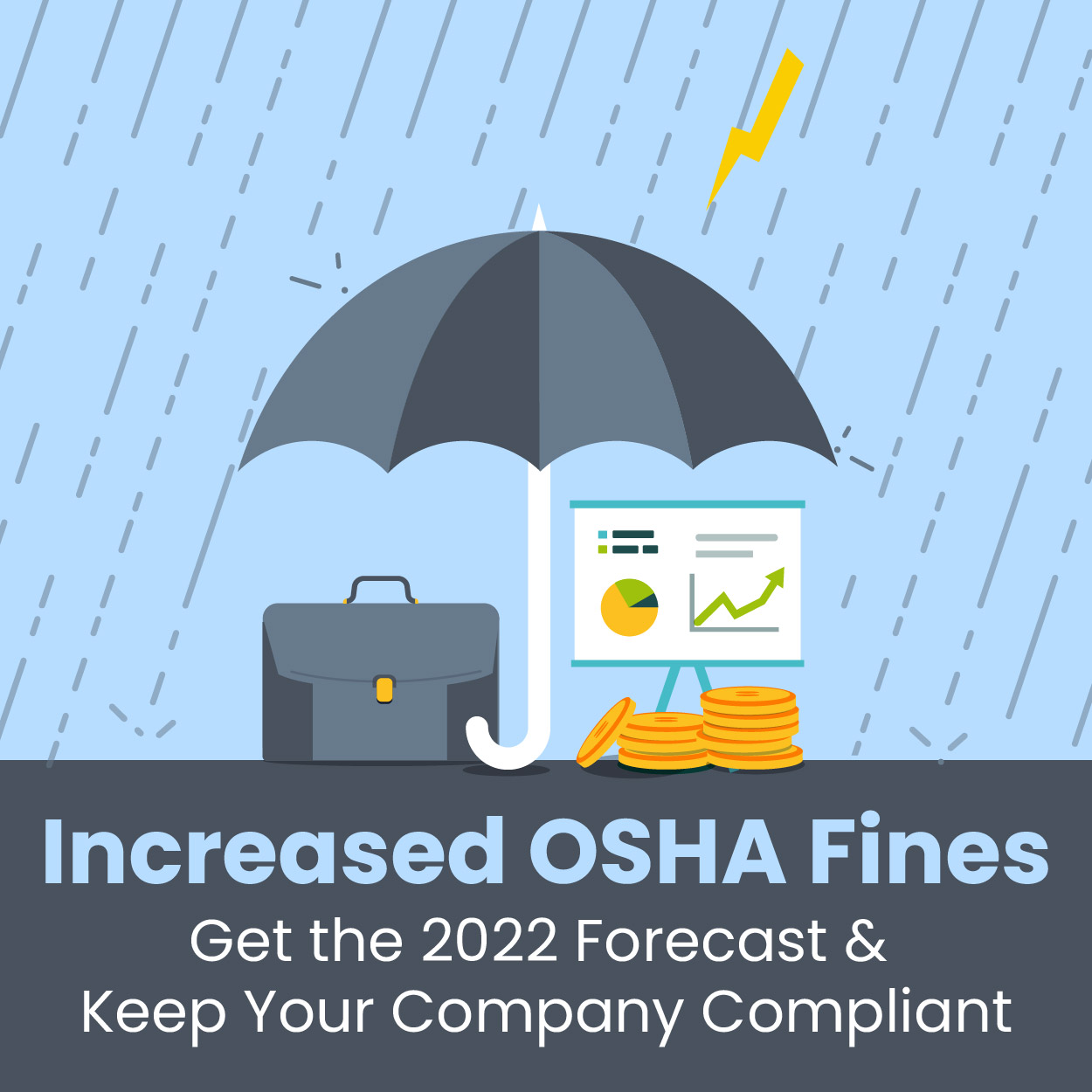
What Businesses Need to Know About OSHA Violations & Increased Fines in 2022
Sometimes, it can feel like OSHA’s rules and regulations are a moving target. And in fact, the administration routinely reviews its standards to make sure that they are staying relevant in the modern workplace.
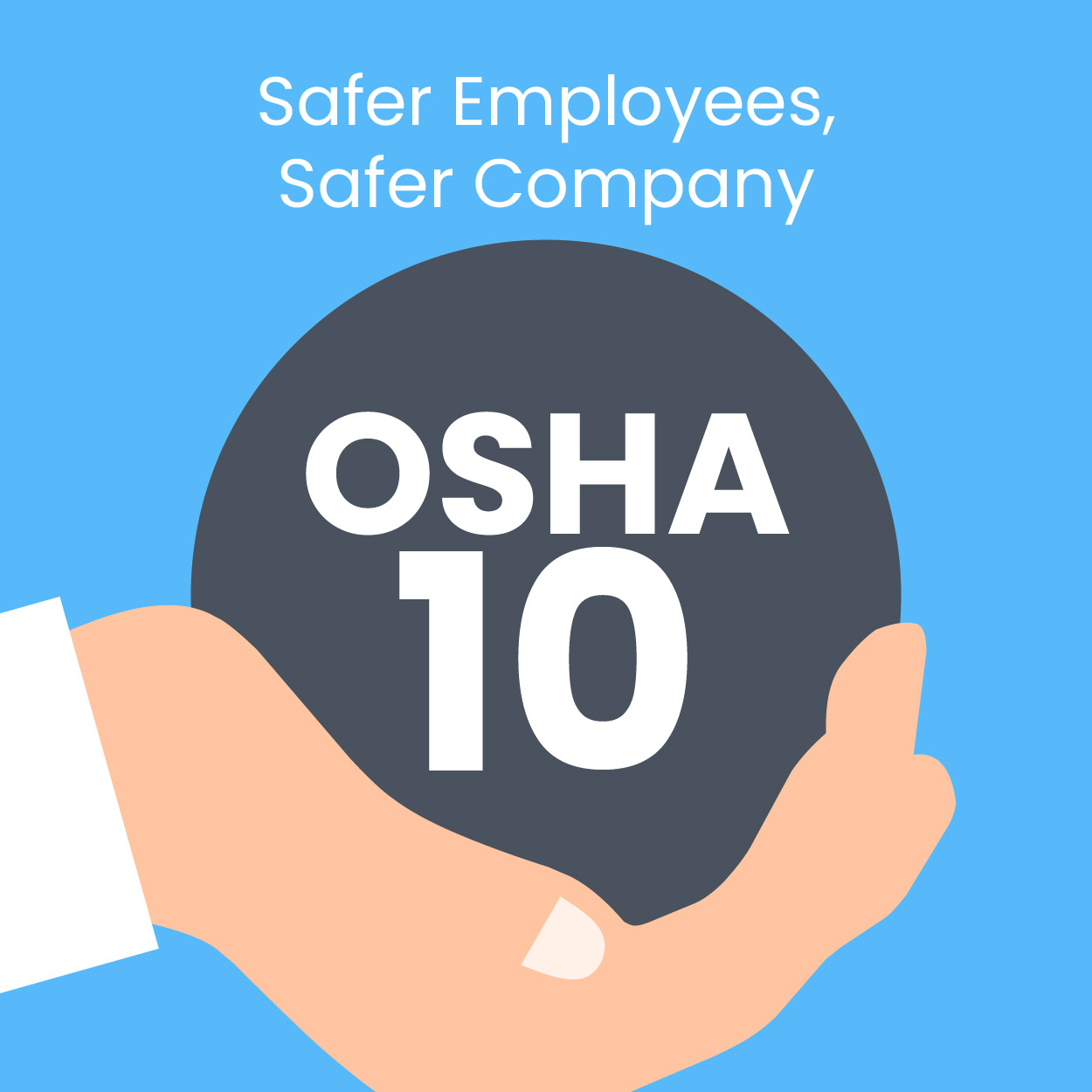
How OSHA 10 Makes Your Company and Employees Safer
To improve safety measures at your company, you may want to invest in the Occupational Safety and Health Administration (OSHA) 10-hour training for your workers. Primarily intended for entry-level employees, the OSHA 10 training addresses workplace safety and prepares workers for routine hazards they may encounter.
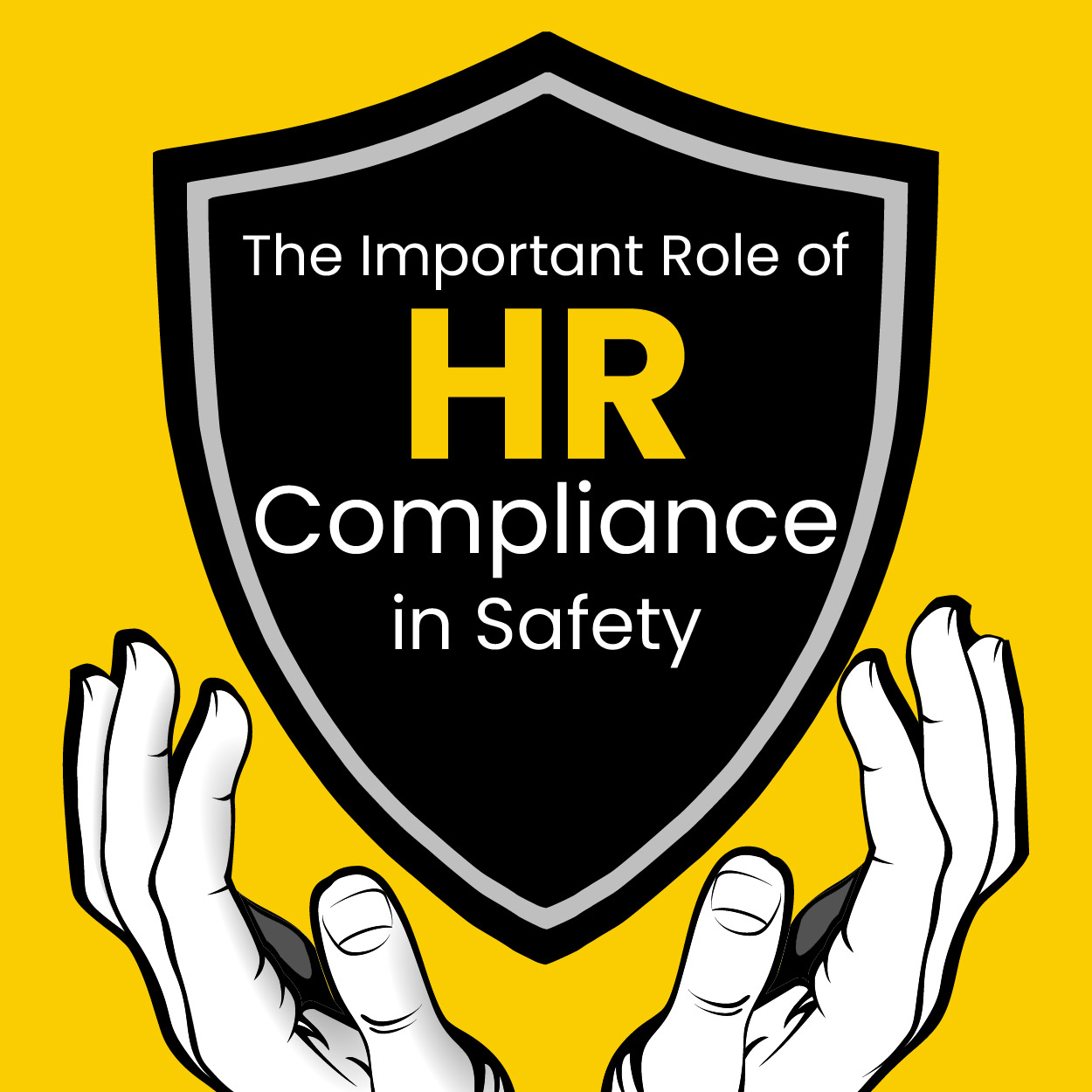
The Important Role of HR Compliance in Safety
Today, behind the scenes of every successful company there is an experienced and dedicated HR compliance team. In short, HR compliance ensures all individuals within a company adhere to the most current laws and regulations by establishing guidelines that align with external agencies like the Occupational Safety and Health Administration (OSHA).
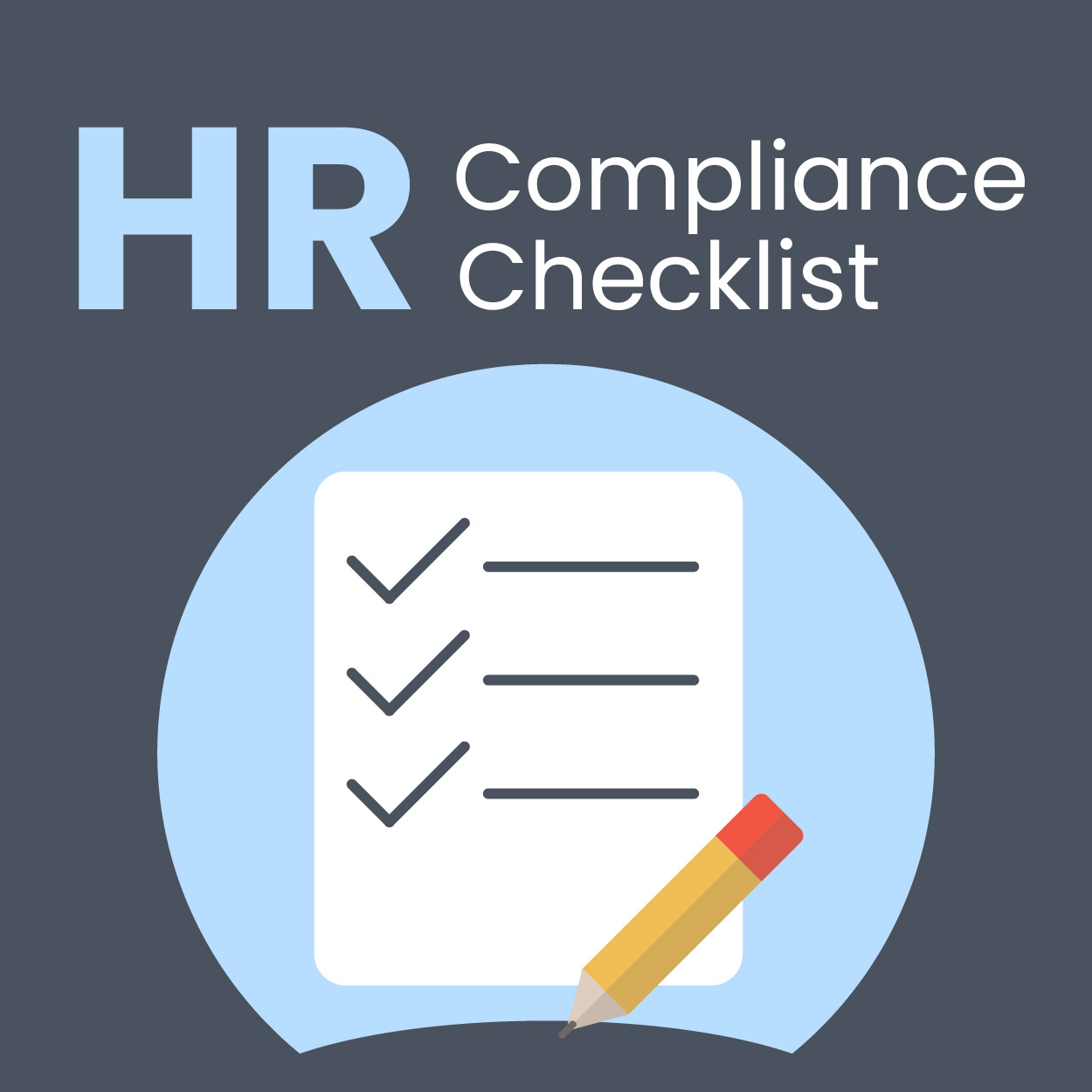
Your HR Compliance Checklist In 2022
YellowBird is a two-sided marketplace that matches companies with EHS professionals who have specializations in a variety of areas including HR compliance. Join today, and quickly get matched with qualified professionals who can help position your organization for a safe and compliant 2022.
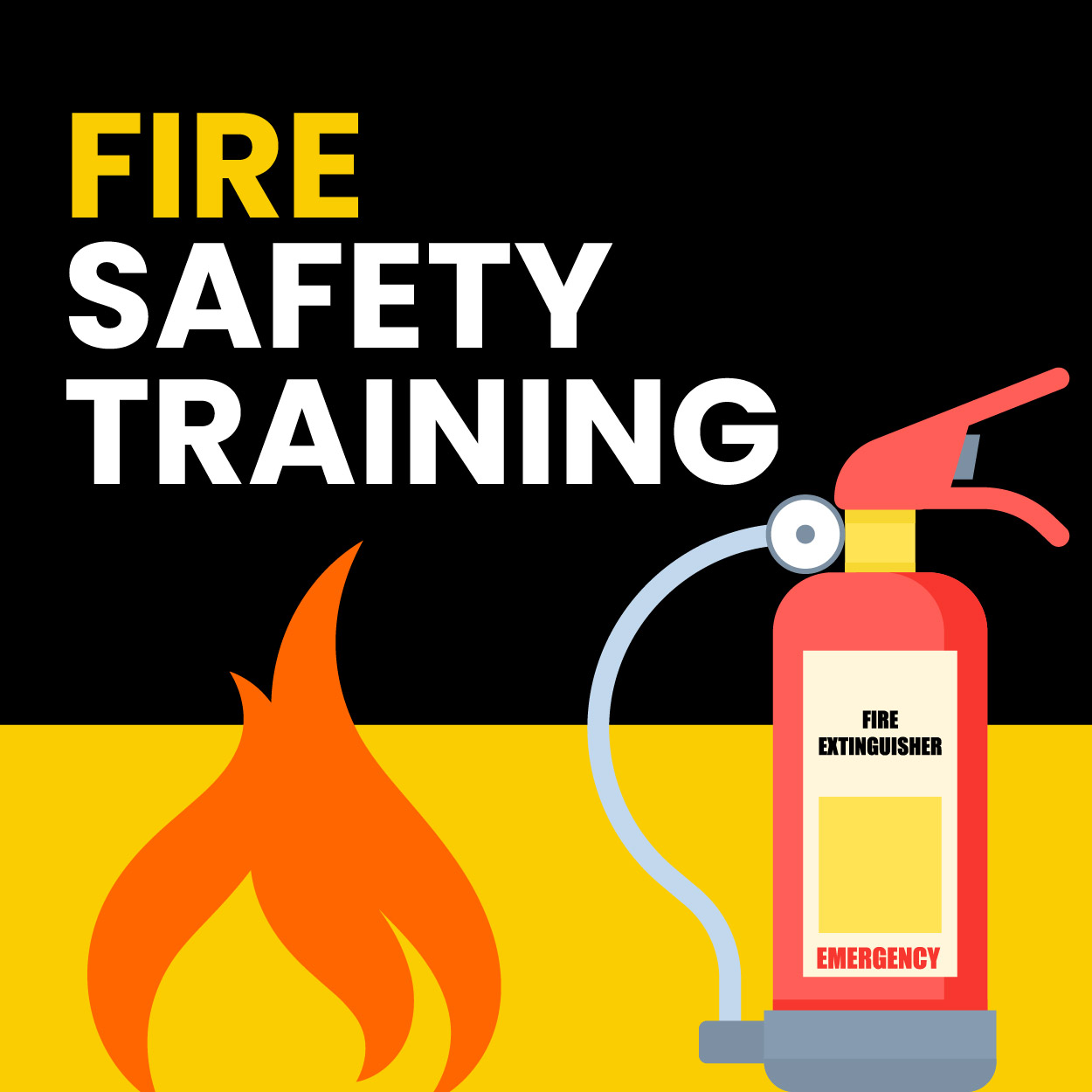
Stop Overlooking Fire Safety Training
Among the many disruptions that can impact your business, a fire is by far one of the most dangerous and potentially devastating. It’s essential to educate your employees on proper fire safety training so that you can ensure a safe and secure work environment for everyone.
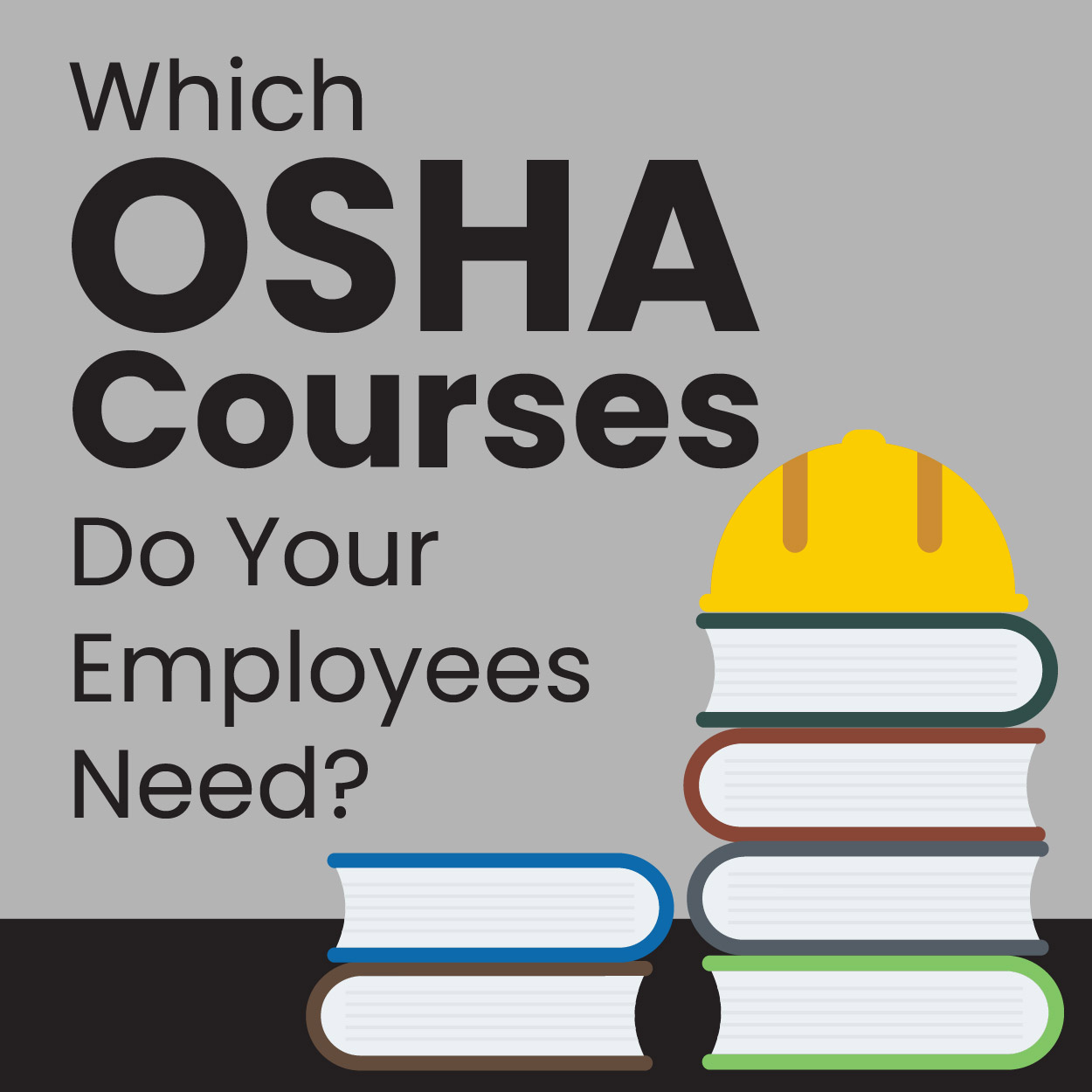
Which OSHA Courses Do Your Employees Need
By implementing industrial standards and educating both employees and employers on proper safety practices, OSHA has been able to boost worker safety while helping businesses realize the full benefits of proper safety precautions. However, the diversity of safety protocols needed across American workplaces makes choosing the proper OSHA courses a daunting task.

What is the Environmental, Social, and Governance Criteria? (And How Would Your Business Score?)
A company’s environmental, social, and corporate governance (ESG) score describes its perceived performance on environmental, social, and governance topics to consumers. The issues can be materially important to a company’s stakeholders and compelling for other non-financial reasons.
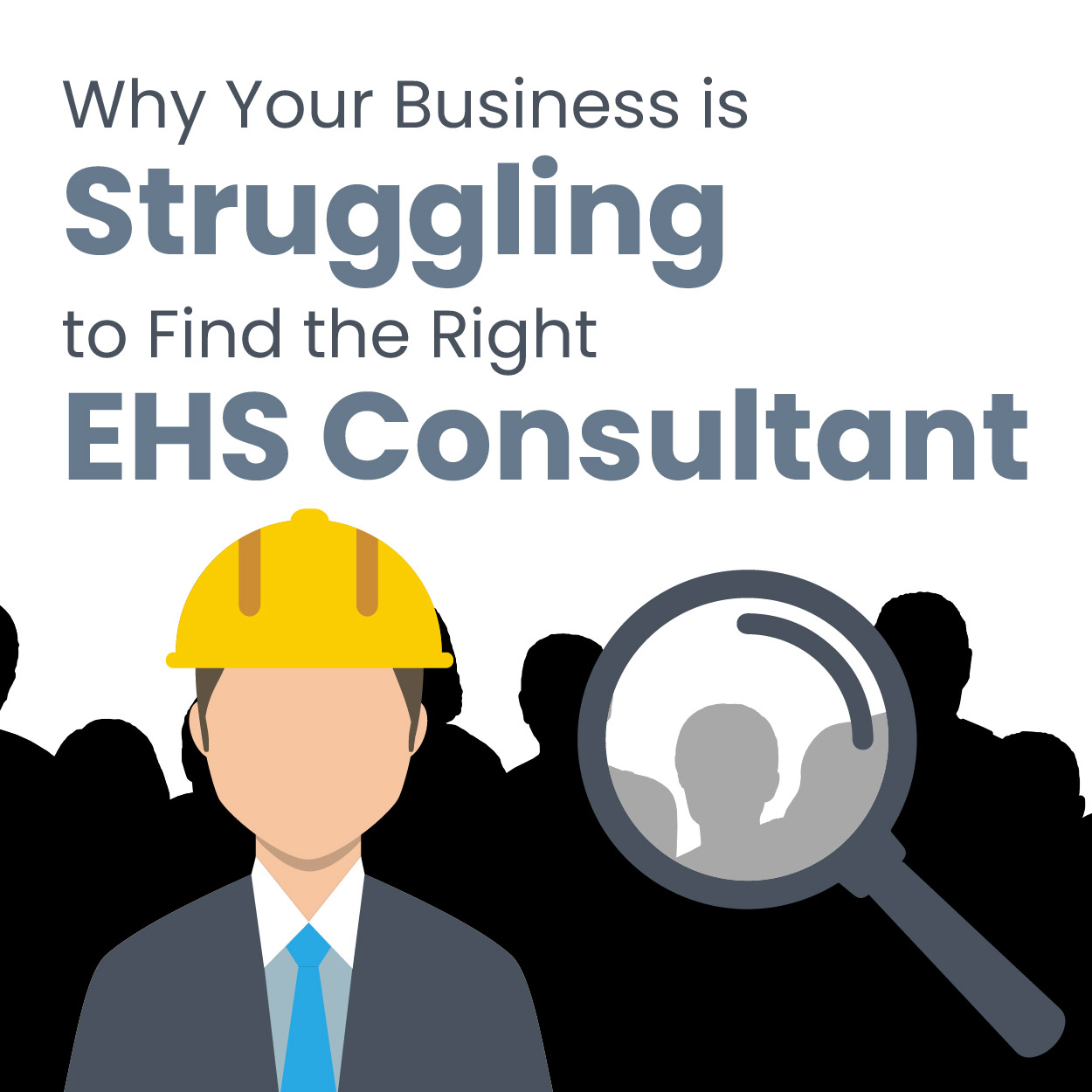
Why Your Business is Struggling to Find the Right EHS Consultant
The right EHS consultant will provide a detailed roadmap for you on how to meet the compliance regulations that apply to your business. With approximately 5,000 revisions to EHS requirements annually, they’ll also help you understand how best to stay informed about code changes, upcoming rulemaking, and industry best practices.
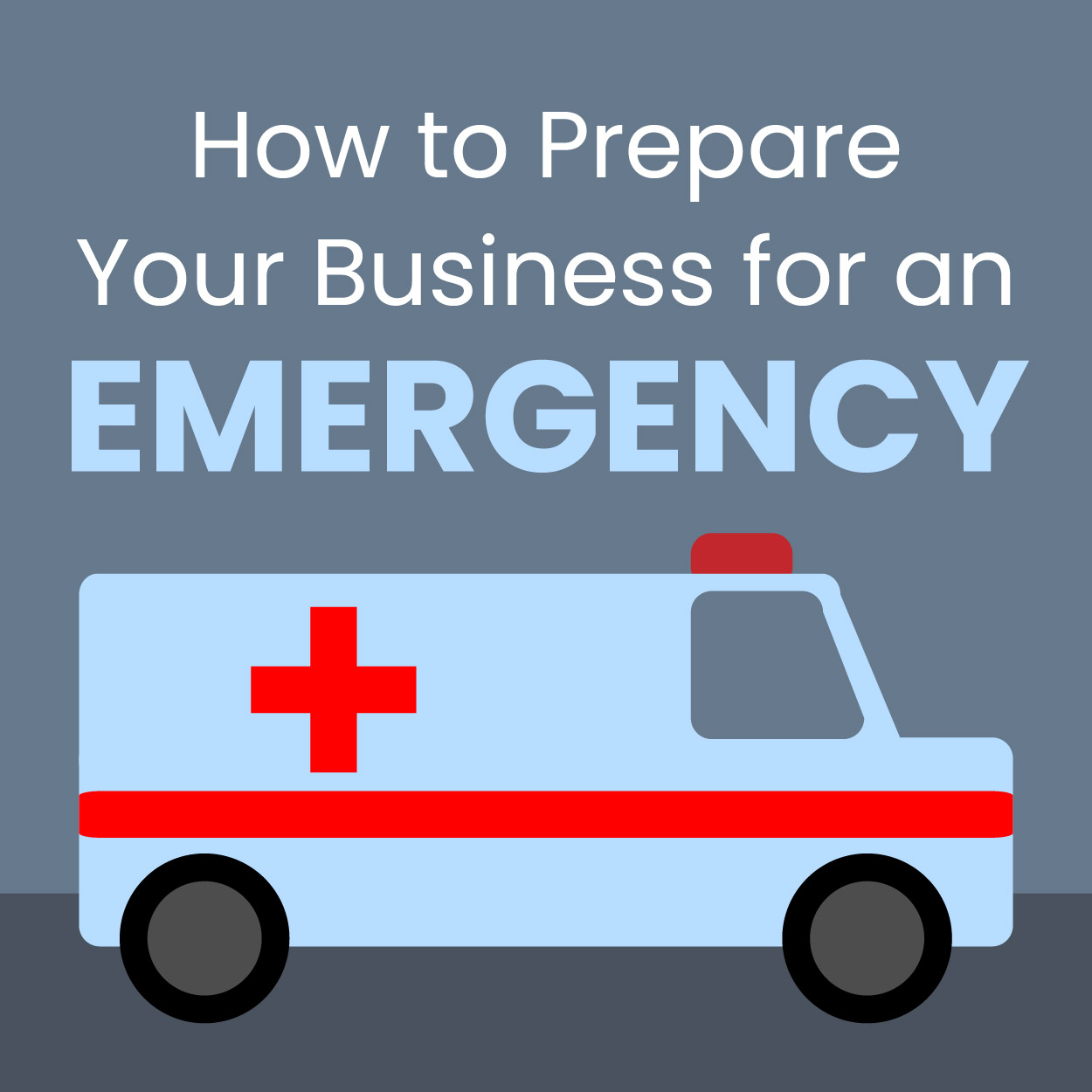
How to Prepare Your Business for an Emergency
Your emergency preparedness plan must be specific to your business, but you don’t need to start from scratch. Organizations like OSHA and the Federal Emergency Management Agency (FEMA) have checklists and tips for how to respond to various events.
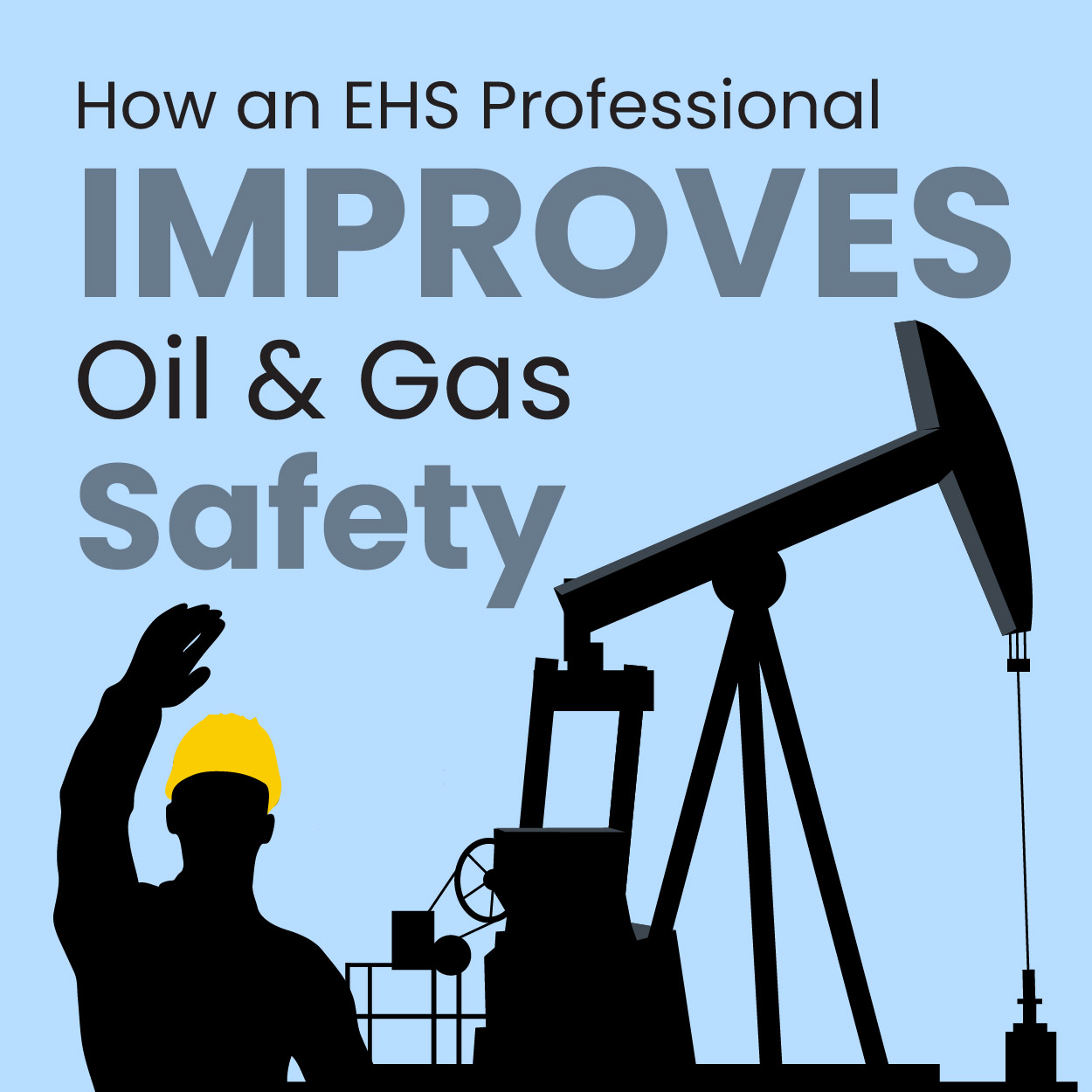
How an EHS Professional Improves Oil and Gas Safety
Oil and gas safety jobs are becoming more necessary as the industry continues to grow and new risks assert themselves. Oil and gas exploration and production processes can be dangerous and sometimes fatal, so there are several additional considerations that operators in these fields need to plan for to properly manage risk.
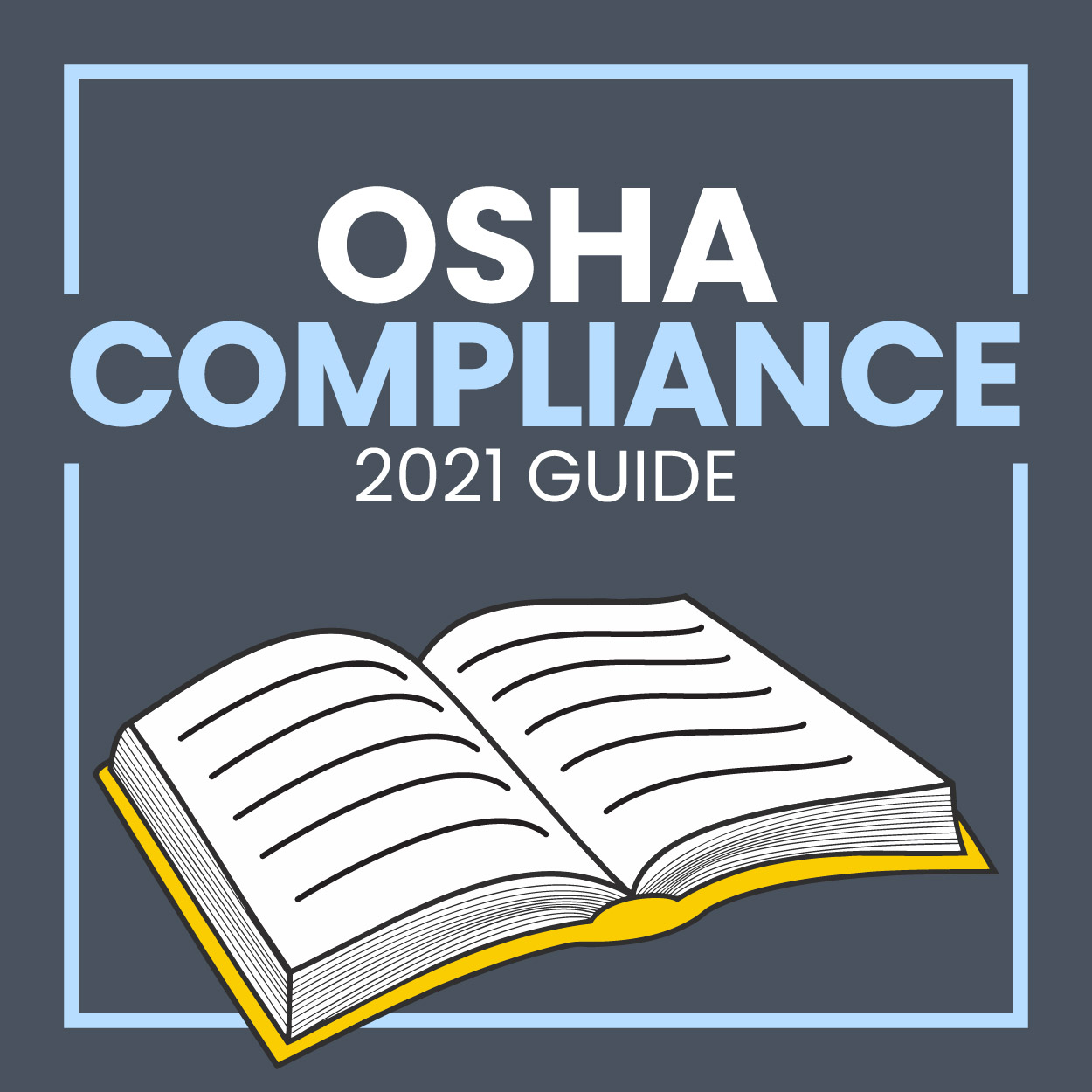
Your 2021 Guide to OSHA Compliance
The standards and regulations that govern workplace safety are constantly changing. OSHA updates its literature every month to remain current with the many risks associated with industrial equipment, chemicals, machinery, and potentially hazardous energy. Every month, OSHA publishes amendments to existing safety measures or introduces rule changes that constantly modify their compliance standards.
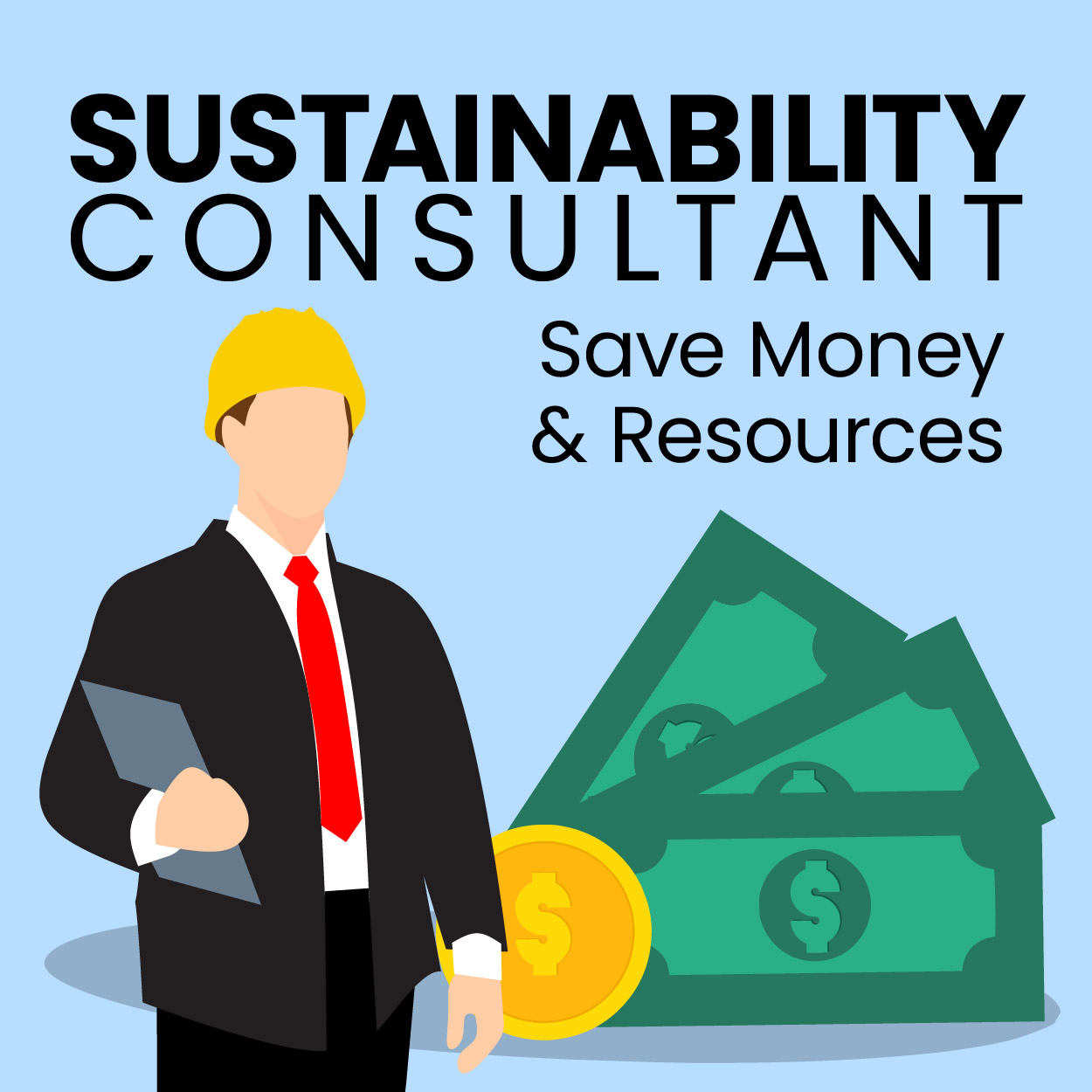
How a Sustainability Consultant Will Help Your Company Save Money and Scarce Resources
In the past few years, the majority opinion on climate change has changed. There used to be skepticism as to whether climate change was a real, pressing issue. Now a consensus has emerged that it is a crisis with noticeable, tangible damage being done to our environment and quality of life.

What Should Your SPCC Plan Include?
Learn about the essential components of an SPCC plan to prevent oil spills and protect the environment. Understand the requirements set by the Environmental Protection Agency (EPA) and discover the different types of SPCC plans based on facility capacity and compliance regulations.
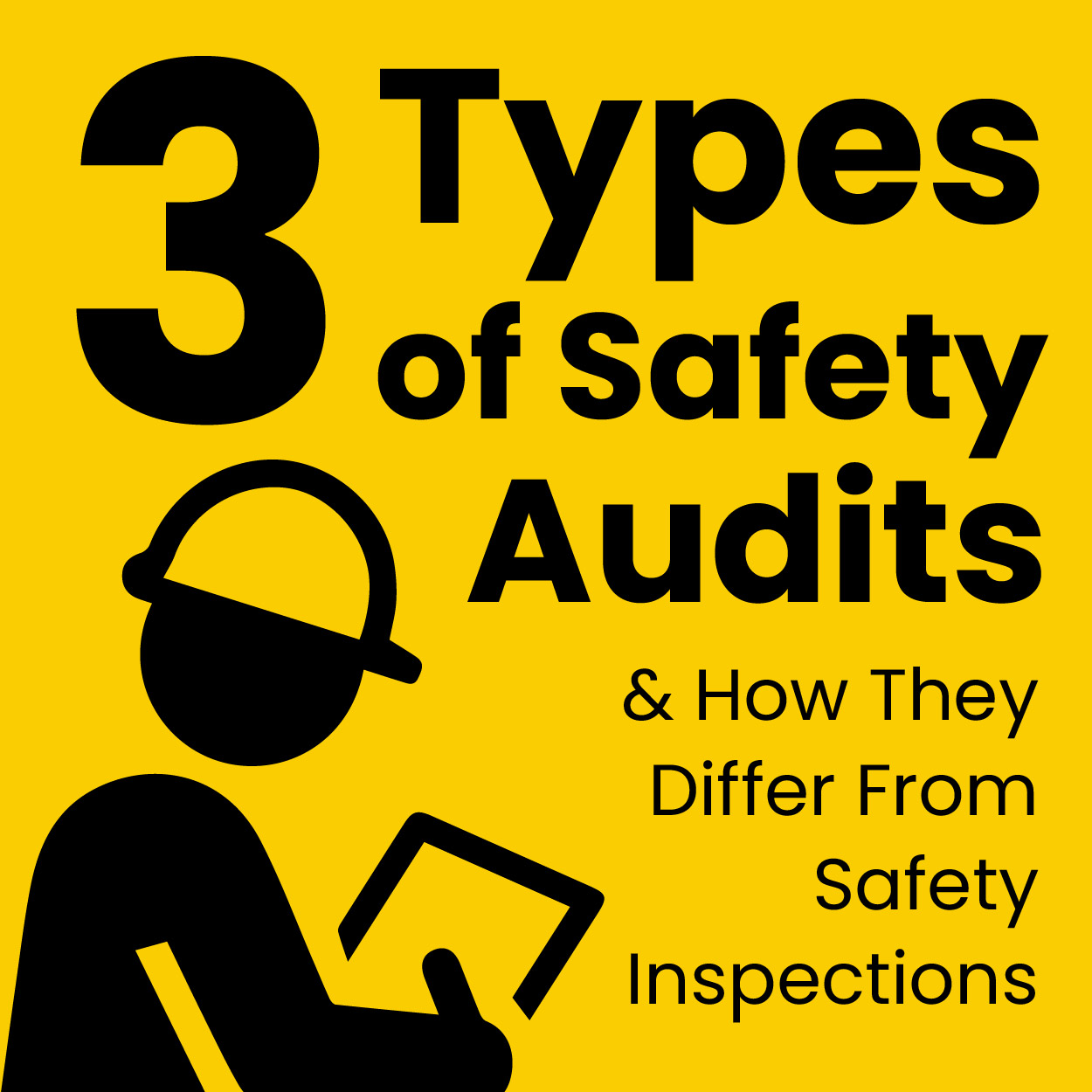
3 Types of Safety Audits & How They Differ from Safety Inspections
Discover the differences between safety audits and safety inspections and explore the various types of safety audits available for your organization. Learn how YellowBird’s EHS professionals can help assess workplace safety and compliance to protect your employees and improve your bottom line.
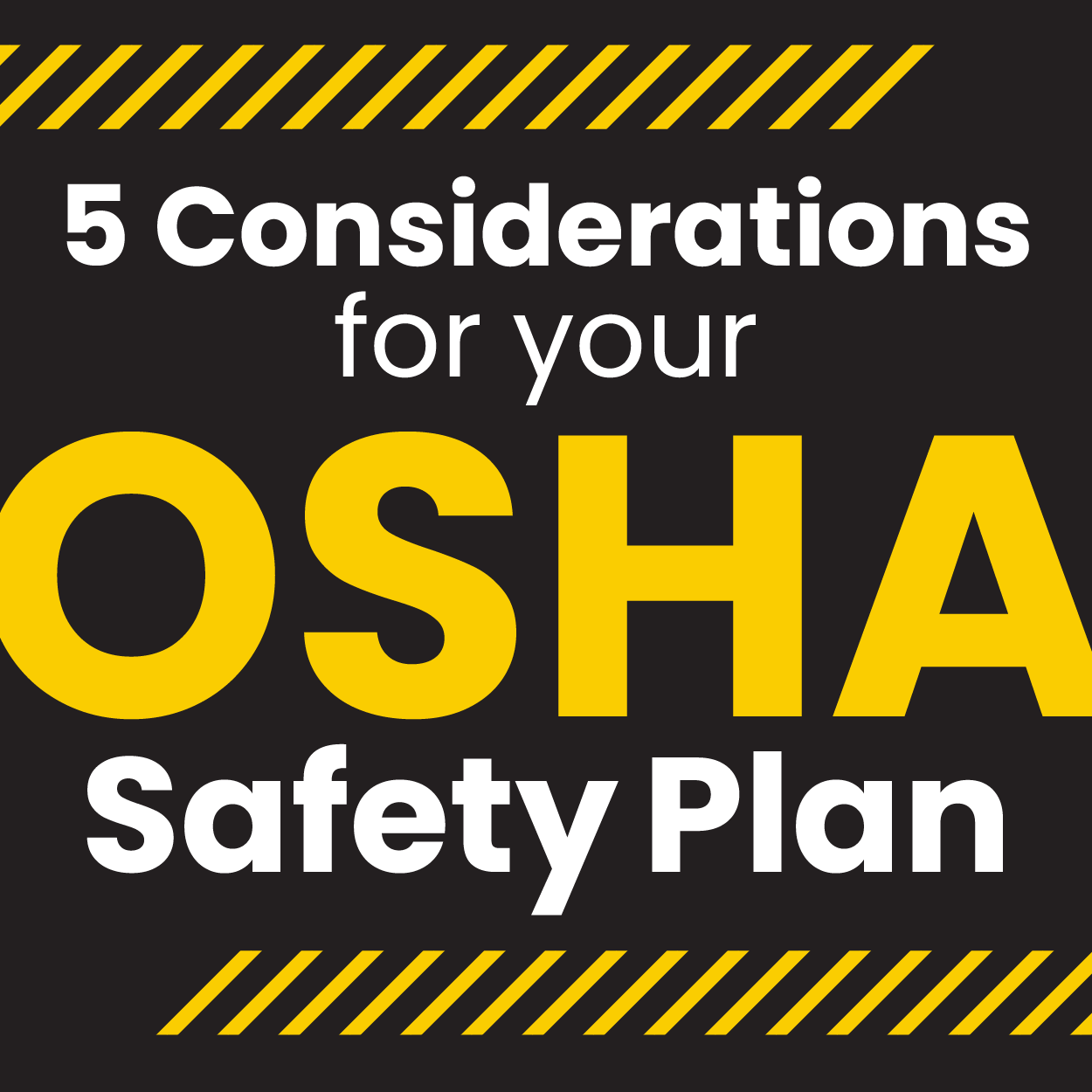
How to Build Your OSHA Safety Plan for 2021: 5 Considerations
Learn how to navigate the complexities of workplace safety in 2021 with these 5 essential considerations for crafting your OSHA safety plan.
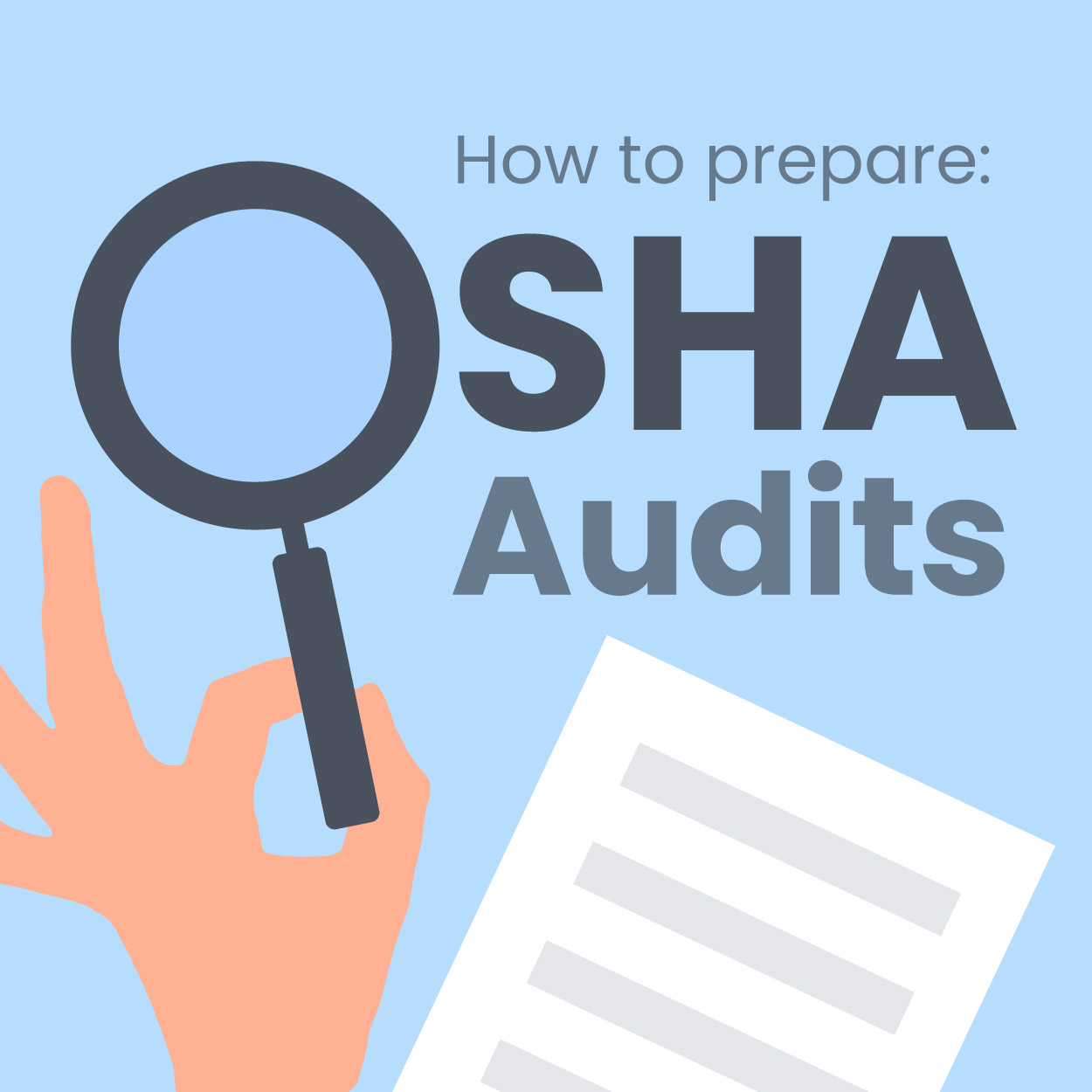
How to Prepare for an OSHA Audit
Prepare your workforce for OSHA audits with expert insights and practical tips. From understanding inspection triggers to establishing an OSHA toolkit, empower your team to navigate audits seamlessly with YellowBird’s comprehensive guide.

The Changing Face of EHS: The Importance of Diversity and Inclusion in EHS Workforces
Explore the transformative journey of the EHS industry towards diversity and inclusion. Uncover the vital statistics, benefits, and actionable steps to foster a more inclusive and diverse EHS workforce with YellowBird.
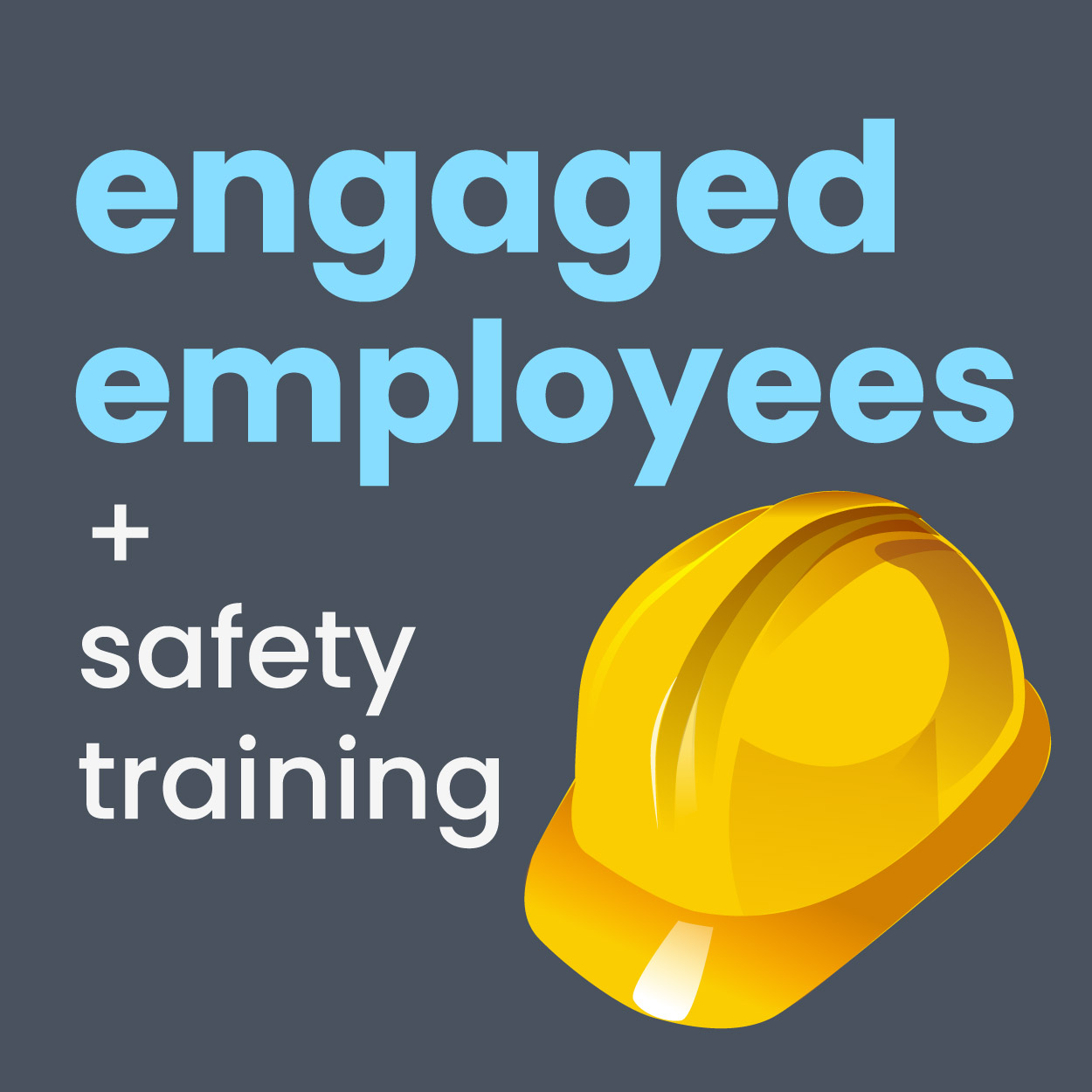
How to Keep Employees Engaged in Safety Training
Discover effective strategies to keep your employees engaged during safety training sessions. From interactive activities to incorporating company culture, learn how to make safety training sessions more impactful.
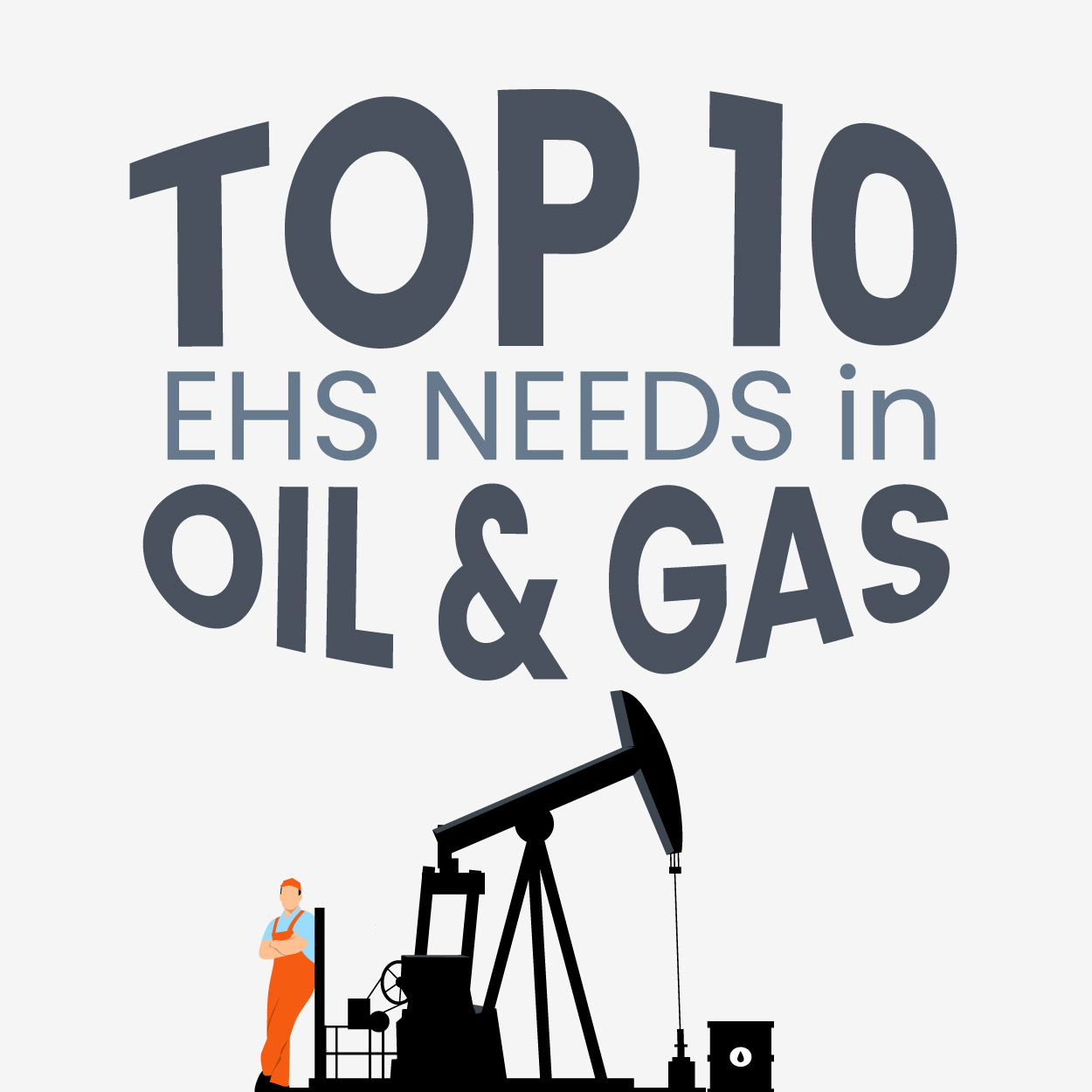
Top 10 EHS Needs in Oil & Gas
Discover the top 10 EHS needs in the Oil & Gas industry and how YellowBird’s Professionals On Demand can help address them. From compliance assessments to hazardous materials management, learn how to enhance safety in your workplace.
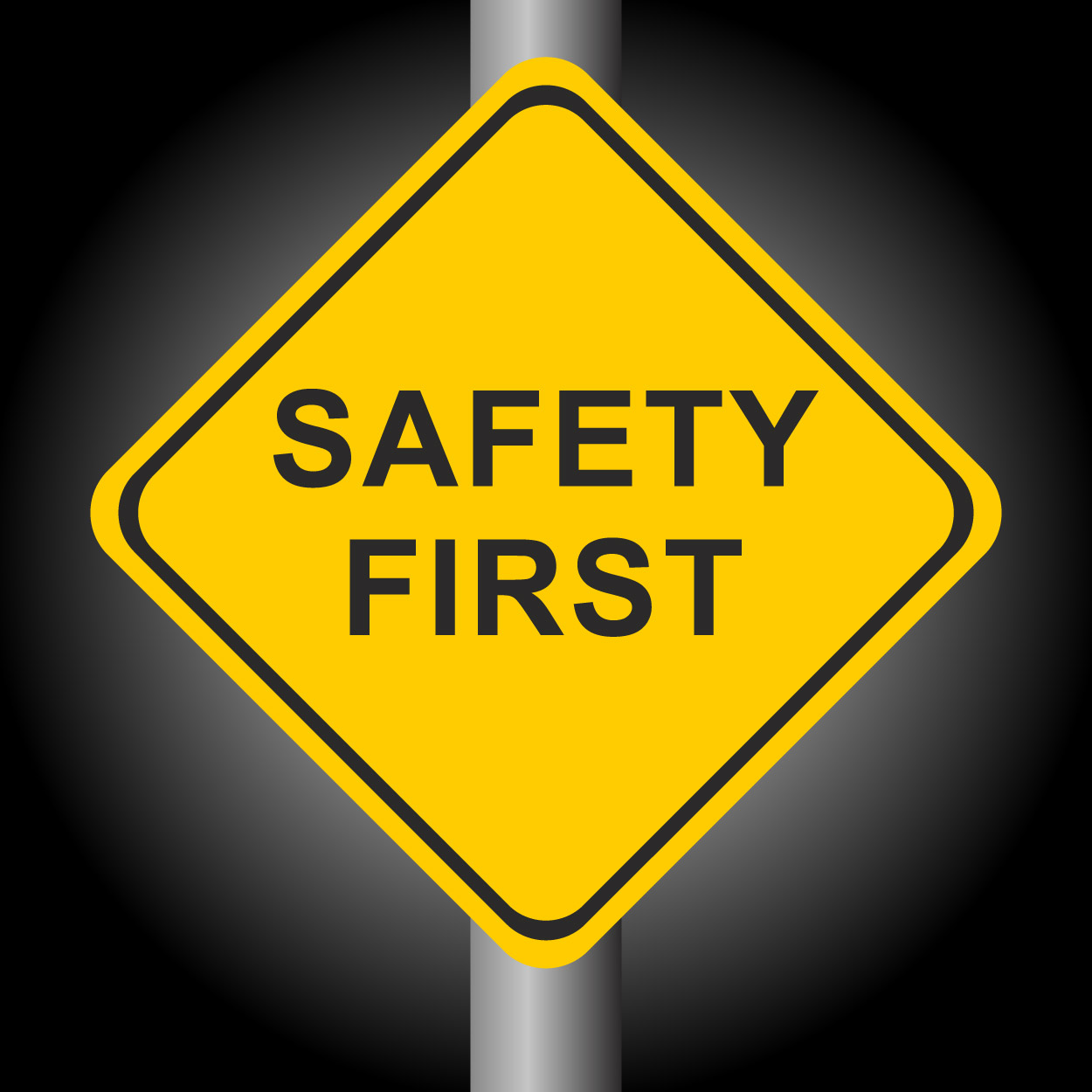
Safety Culture: What Is It and How Do You Foster a Positive One?
Learn about safety culture and how to foster a positive one in your workplace with YellowBird’s strategies. From setting goals to employee recognition, discover key tactics to promote safety and improve morale.




